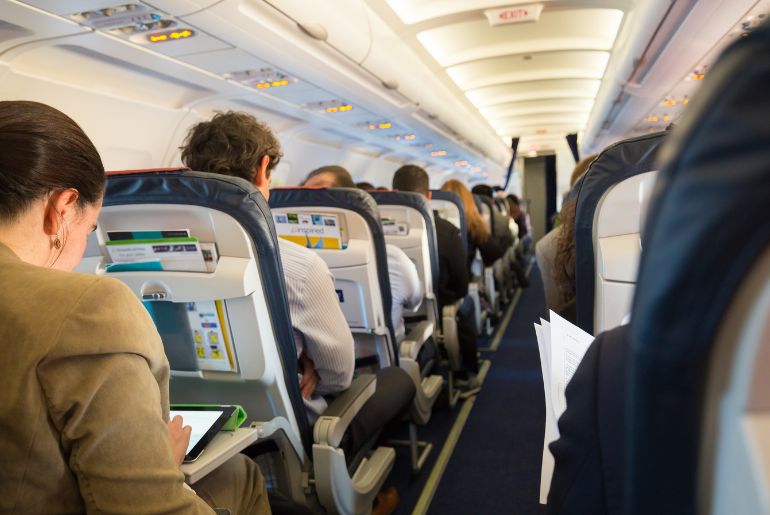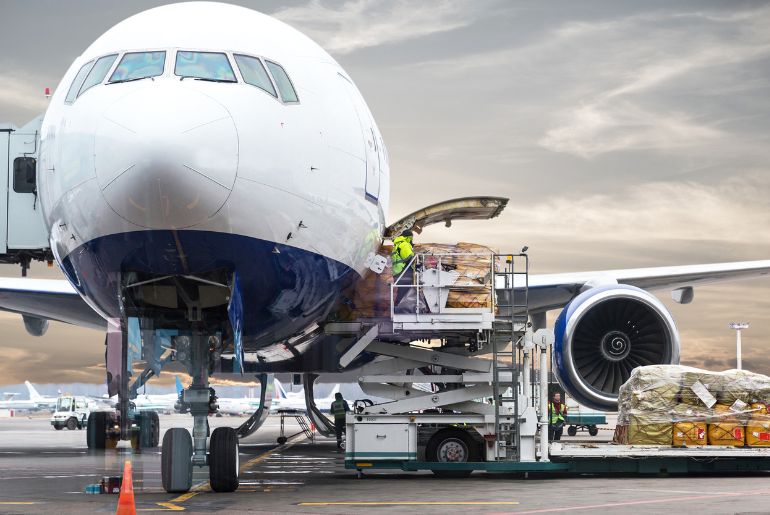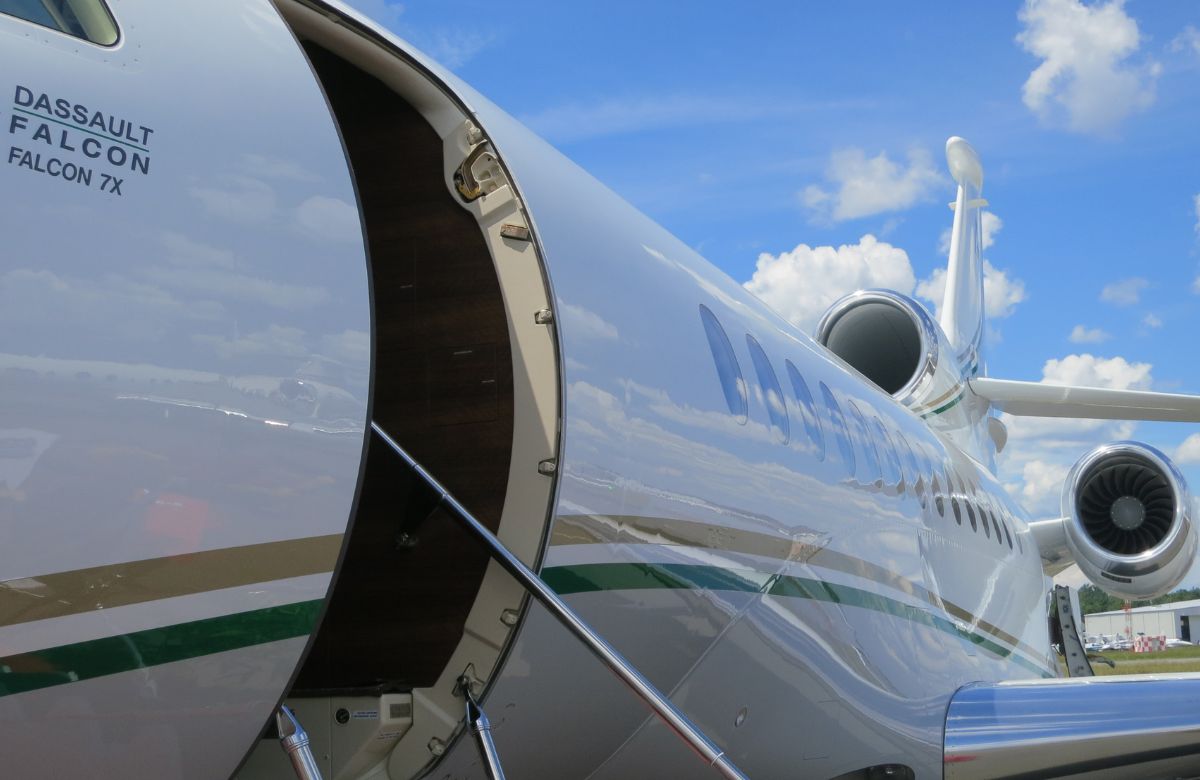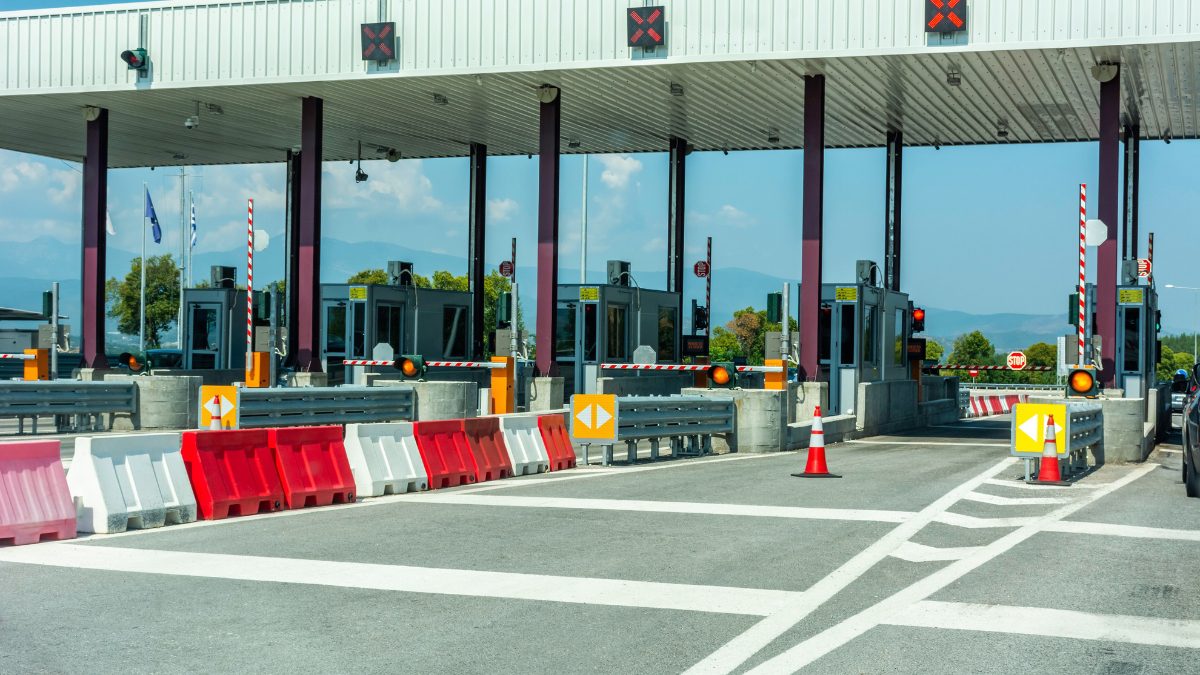The process of boarding an aircraft is a carefully orchestrated procedure designed to ensure the safety, security, and efficiency of air travel. Once the flight doors are closed, passengers are not allowed to board the plane. This practice is upheld by airlines and aviation authorities worldwide. Well, if you’re just 10 minutes away, you cannot still board a flight after gates are closed. Why? Because it is crucial to the overall success of the flight and the well-being of everyone involved.
Why You Are Not Allowed To Board A Flight After Gates Are Closed

According to an article published in Times Of India, there are good reasons why aircraft doors are closed by protocols about 15 minutes from departure. Once the flight doors are closed, the aircraft is in a pre-flight phase, and critical safety checks are conducted. A flight dispatcher gives them the expected weight on board:
- Weight and Balance: The weight and balance of an aircraft are crucial for its safe performance. Boarding passengers, after the doors are closed, can disrupt the meticulously calculated balance, affecting the aircraft’s stability and compromising flight safety.
- The pilot starts feeding the weight data into the flight computer. Details of more weight credentials such as tonnes of fuel, litres of oil in the engine and more are calculated and fed.
Adhering to the boarding process and arriving at the gate on time remains an integral part of maintaining the high standards expected in the aviation industry.
Also Read: Man Throws A Tantrum On Bangkok-Bound Flight Forcing It To Turn Around Because He Forgot His Bag
After The Final Check-In

After the final check-in is done along with the bag and cargo loaded, a ground staff maintains a record called the load and trim sheet that is handed over to the commander. It is a critical document used in aviation to ensure that an aircraft is loaded within its weight and balance limits for safe and efficient flight. Below are the typical details included in a Load and Trim Sheet:
- The break-up of male, and female, infants
- Weights loaded onto each zone of the aircraft
- Whether the aircraft is loaded in such a way that its centre of gravity remains within the zone required throughout the flight
After that, the aircraft doors are closed which are designed to ensure a proper seal, which is vital for maintaining cabin pressurisation during the flight. Efficient boarding processes are crucial for maximising aircraft utilisation and overall operational efficiency.
You see, the policy of not allowing passengers to board after flight doors are closed is grounded in safety, security, and efficiency principles. And this is why, you cannot board a flight after the gates are closed.
Cover image credits: Wikimedia Commons
First Published: July 31, 2023 1:29 PM



